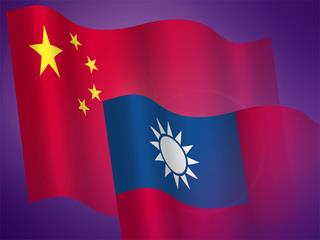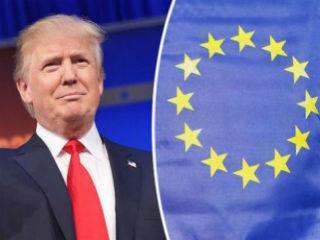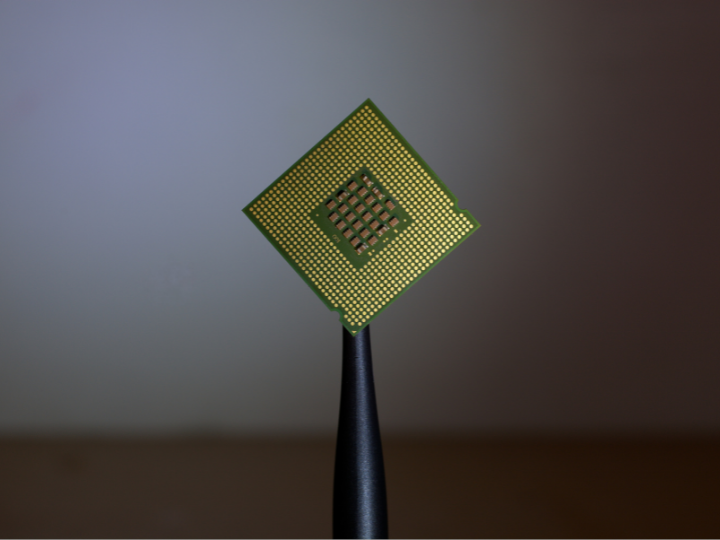The new president will have to walk a tightrope in keeping the status quo, which requires her to find a middle way that can both convince Beijing and her DPP supporters.

Analysts say that the real reason that so many Taiwanese voters rejected the Kuomintang lies in the fundamental difference between Taiwan’s thriving democracy and China’s autocratic one-party communist system that Beijing doesn’t want to reform despite sweeping social and economic changes in the country.
by
N. Peter Kramer
Taipei, 21 January 2016
Shouting, cheering, waving flags, blowing horns and shooting fireworks, tens of thousands of people were ecstatic when Taiwanese president-elect Dr Tsai Ing-wen of the Democratic Progressive Party (DPP) and her running-mate Chen Chien-jen took the stage in front of her national campaign headquarters to address the crowd after her victory on Saturday 16 January. Mrs Tsai became the first female president of Taiwan. One man in the crowd held a sign that read: ‘Tsai is Asia’s Angela Merkel’ with a photograph of both women.
Her opponent, Eric Chu, lost, as had been predicted, because angry voters wanted to punish his party the Kuomintang (KMT) of incumbent President Ma Ying-jeou. Ma’s successful push for closer economic ties with mainland China was a major factor in the result. Not everybody in Taiwan was enthusiastic about his historical meeting with Chinese colleague Xi Jinping in November in Hong Kong. It is clear that anti-China sentiment helped the DPP gain also and for the first time a majority in the national parliament. Many young voters who harbor distrust of China voted for the DPP. But the turnout on Saturday 16 January was lower than ever; many breadwinners, middle-aged and older stayed at home as most of the sway voters did.
Analysts say that the real reason that so many Taiwanese voters rejected the Kuomintang lies in the fundamental difference between Taiwan’s thriving democracy and China’s autocratic one-party communist system that Beijing doesn’t want to reform despite sweeping social and economic changes in the country. That lack of democracy on the mainland made Taiwanese voters afraid that the situation would spread to Taiwan. Also the recent frictions in Hong Kong played a role.
Tsai has promised she will try to maintain the status quo across the Taiwan Strait. Yet it is not known what her status quo entails. She said she would aim to engage in a new discussion on the content of the ‘1992 Consensus’ with Beijing. This ‘1992 Consensus’ is a tacit agreement reached in that year, known also as the ‘one China with different interpretations’ principle, whereby both Taipei and Beijing agree that there is but one China, whose connotations can be orally and separately enunciate. It is a modus vivendi providing the legal basis for the continued peaceful development of cross-strait relations.
The new president will have to walk a tightrope in keeping the status quo, which requires her to find a middle way that can both convince Beijing and her DPP supporters. It is far from certain whether Beijing, which sees the ‘1992 Consensus” as a prerequisite for any talks and has long regarded the DPP’s pro-independence stance negatively. For China Taiwan stays officially a break-away part of its territory.
In the months before Tsai’s official inauguration in May, she has to find a way to maintain the current practical strategy of cross-strait détente without the too pro-Beijing stance of President Ma. There is need for a platform for peaceful dialogue. For Taiwan big brother China is much too big to ignore!






